Castilleja de la Cuesta, a gateway to Aljarafe
For many people, Castilleja de la Cuesta is famous for its tortas de aceite. Others are familiar with the long-standing, carpet-making tradition at the ‘Baldomero Negrón’ workshop. Indeed, some of these carpets are exhibited at the Royal Palace in Madrid and La Granja Palace in Segovia.
However, to pinpoint its true essence, you have to visit the town. Only then can you discover the tourism and historical value of its streets. Owing to its privileged location, the Conquistador of Mexico, the great Hernán Cortés, chose this gateway to Aljarafe to spend the last years of his life. Some of his belongings and the palace where he lived remain as a legacy even today as an IVBM (Loreto Sisters) school.
The heart of the town has some hidden gems, Renaissance buildings and emblematic haciendas. The remains of the medieval castle stand in the downtown Plaza de Santiago, where the history of Castilleja de la Cuesta originated. This town has grown at a dizzying pace in the last decade, thanks to its proximity to Seville. It has become a dormitory town due to the excellent communications and services it offers.
If you have never tried its famous tortas de aceite, you now have the opportunity to do so while enjoying its beautiful streets. Don’t forget to sample the menudo con garbanzos, a local speciality. And, if you like stews, try the exquisite, local caldereta. Come and enjoy an unforgettable experience in Castilleja de la Cuesta.
Getting to Castilleja de la Cuesta
You can drive directly into Castilleja de la Cuesta from the A-49 motorway (Sevilla-Huelva).
The bus from Plaza de Armas Bus Station is the only other way to get to Castilleja de la Cuesta from Seville. Buses run regularly from this station to the Aljarafe and stop at Castilleja de la Cuesta.
If you decide to take the train, get off at Santa Justa Station in Seville and go to the bus stop at the main exit. Take the bus line 21 to Plaza de Armas Bus Station.
Getting around
Walk around, discover and enjoy this beautiful town in the Aljarafe. There is also an intercity bus service to nearby cities and a taxi service.
Reasons to visit
- In May, the town is filled with the traditional caravan of colourful wagons and pilgrims on their way to the Pilgrimage of El Rocío. For over a hundred years, the Confraternity of Triana has made this pilgrimage through Castilleja de la Cuesta.
- Sign up for a visit to the ‘Upita de los Reyes’ workshop to sample the famous torta de aceite.
- If you like crafts, you can see carpets being made by hand in ‘Alfombras Baldomero’, a factory founded in 1925.
- Stroll through the streets to discover its many wonders, such as the remains of the Arab castle, the old haciendas, the Casa Salinas palace and the Hernán Cortés Museum.
- The festivities held at Christmas in Santiago Church are famous. Each day of Mary and Joseph’s journey to Bethlehem is represented with images, ending with the birth of Jesus.
- Listen to the Campanilleros de la Soledad Choir sing shepherds’ songs at some of the religious festivities in the town. The Choir was founded in 1755 and is very close to the heart of the locals.
- Experience a different Easter Sunday during Holy Week, celebrating the traditional ‘Vuelta’. The Confraternity of Plaza de Santiago carries an elaborate embroidered standard or Simpecado on a cart, while the Calle Real Confraternity does so on horseback.
What to see
Start your route through Castilleja de la Cuesta at Plaza de Santiago. You will see some remains of the Arab castle, as well as Santiago Church, dedicated to the patron saint of the town. From there, Calle Convento leads you to the Town Hall and the former Military Barracks. The latter was home to the famous Franciscan Convent, hence the name of the street.
Continue to Plaza de Encarnación Cansino where one of the town’s typical haciendas, Hacienda Santa Bárbara, can be found. Olive oil was produced here. It now houses municipal facilities which can be visited. So does the Hacienda de la Sagrada Familia, which is currently home to the Casa de la Cultura, located in Calle Enmedio. Both bear witness to the historical wealth of Castilleja de la Cuesta.
Calle Real is the most famous street for Castillejanos. Here you will find two significant landmarks: first, La Concepción Church, formerly a mosque; and the Birthplace Museum of Hernán Cortés, Conquistador of Mexico. The historical figure from Extremadura lived in Castilleja de la Cuesta until the end of his days. However, you can only visit the house with the permission of the Loreto Sisters. They run the site, now converted into a school.
Take a break during this interesting historical route at a café, and enjoy the delicious torta de aceite from Castilleja.
Places to visit
- Santiago el Mayor Church
- Casa Salinas
- Hernan Cortés House-Museum; IVBM (Loreto Sisters) school
- La Concepción Church
- Shrine of Nuestra Señora de Guía
- Hacienda de la Sagrada Familia
Surroundings
Castilleja de la Cuesta is 6 kilometres from Seville, on the west side of the Guadalquivir River, in the Aljarafe region. The first settlers lived at the end of the so-called Cuesta del Caracol, considered as one of the gateways to Aljarafe. The municipality consists of the town, including the Ikea-Aire Sur shopping centre, next to the former road to Huelva, and the Nueva Sevilla neighbourhood, on the opposite side of the Huelva motorway.


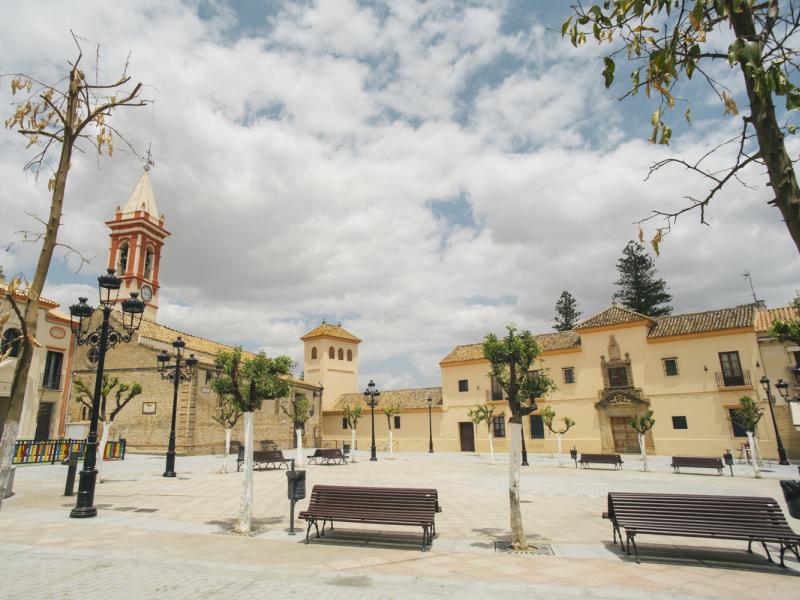
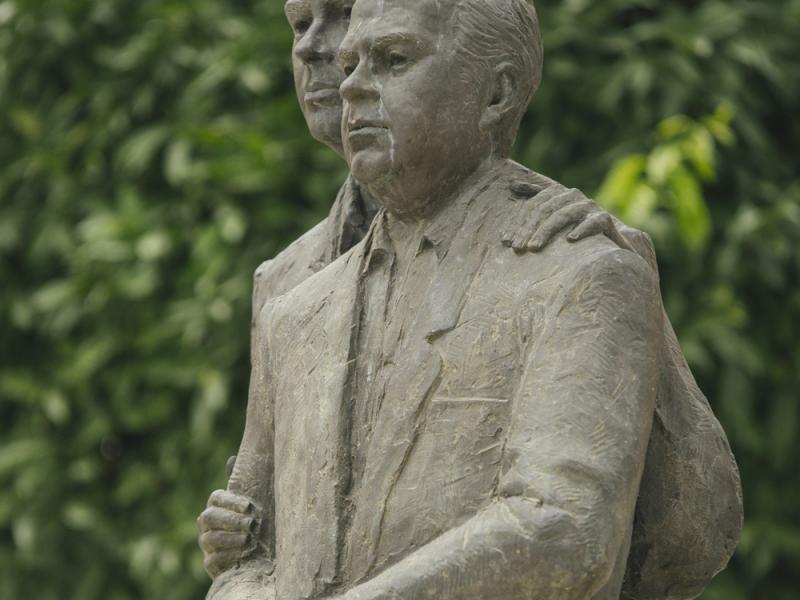
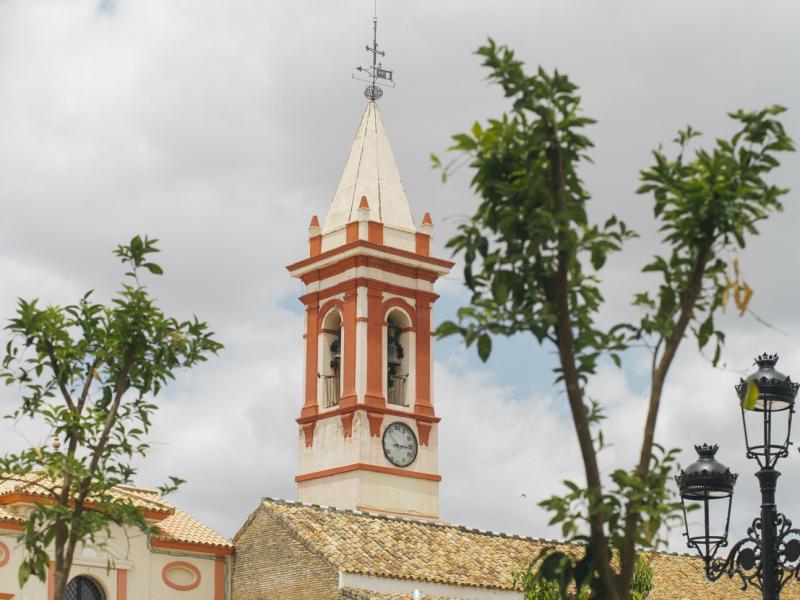
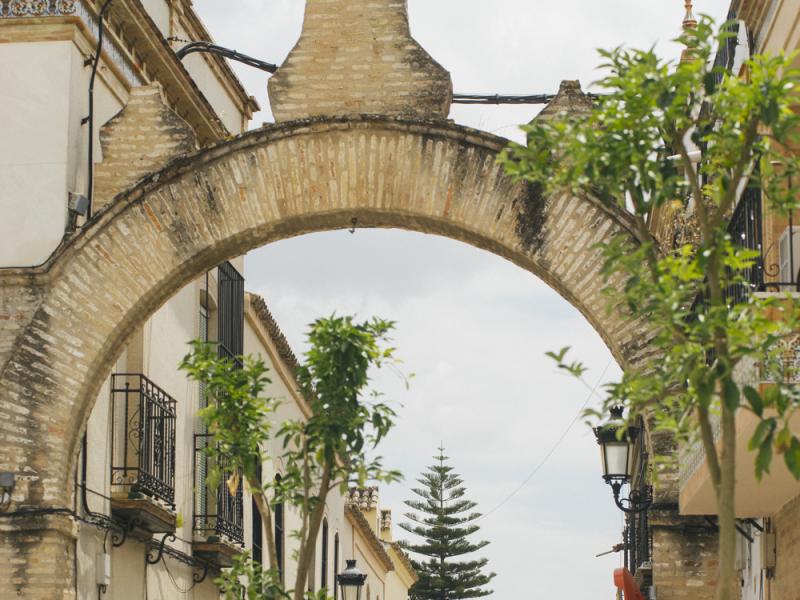
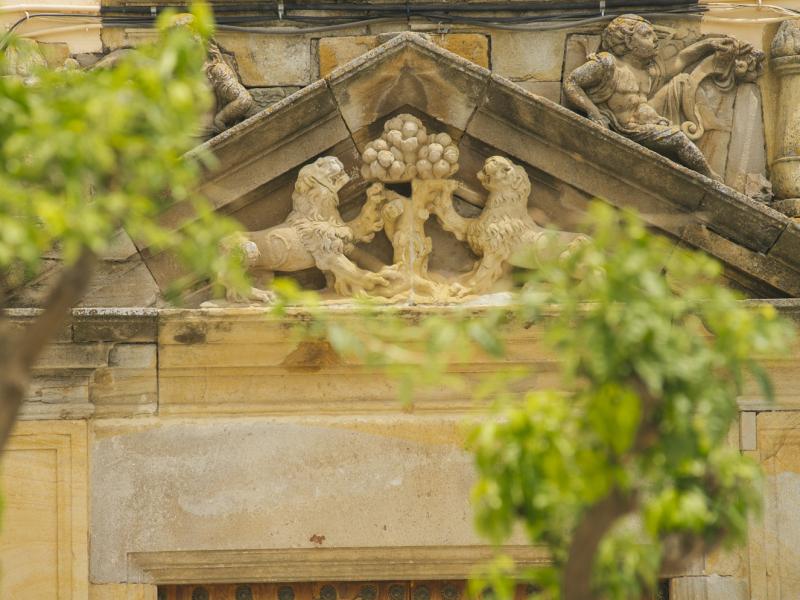
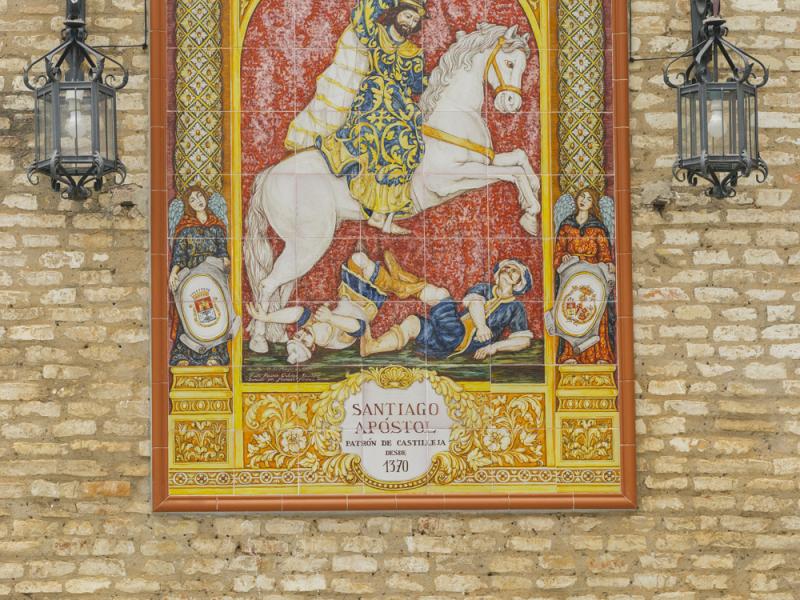
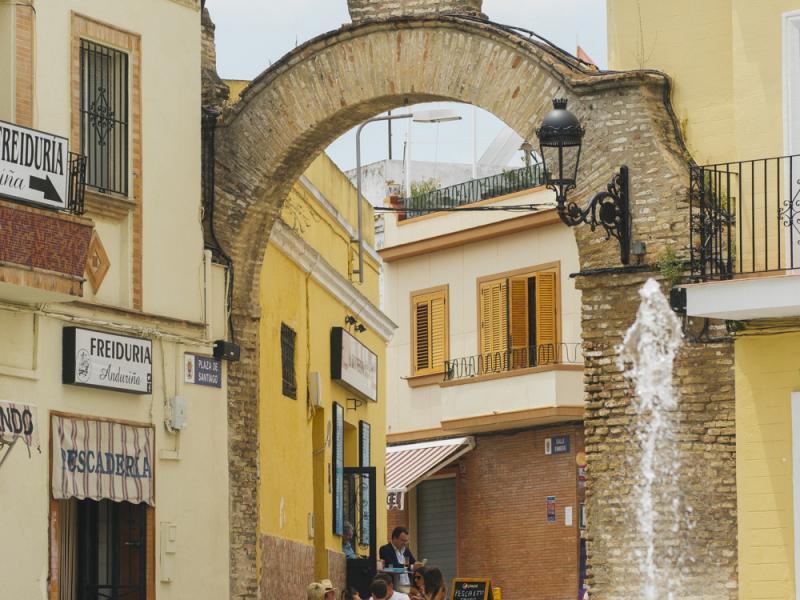
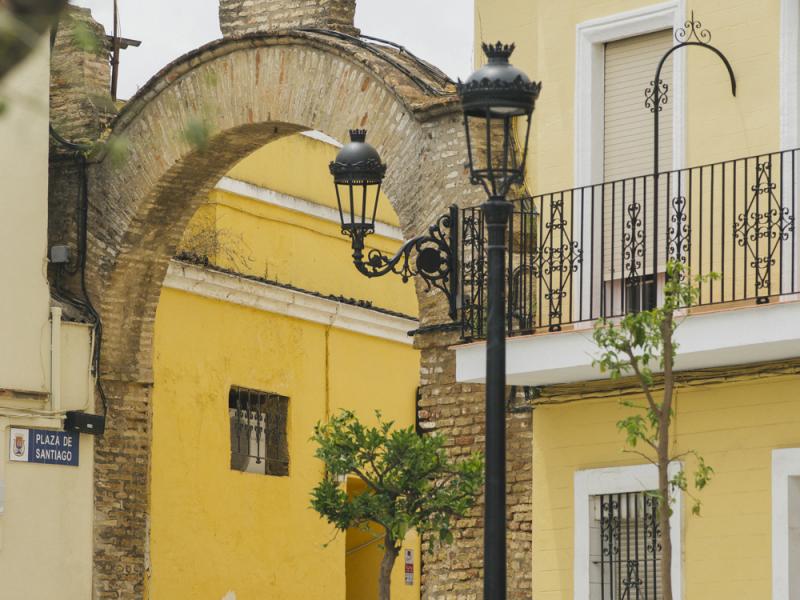
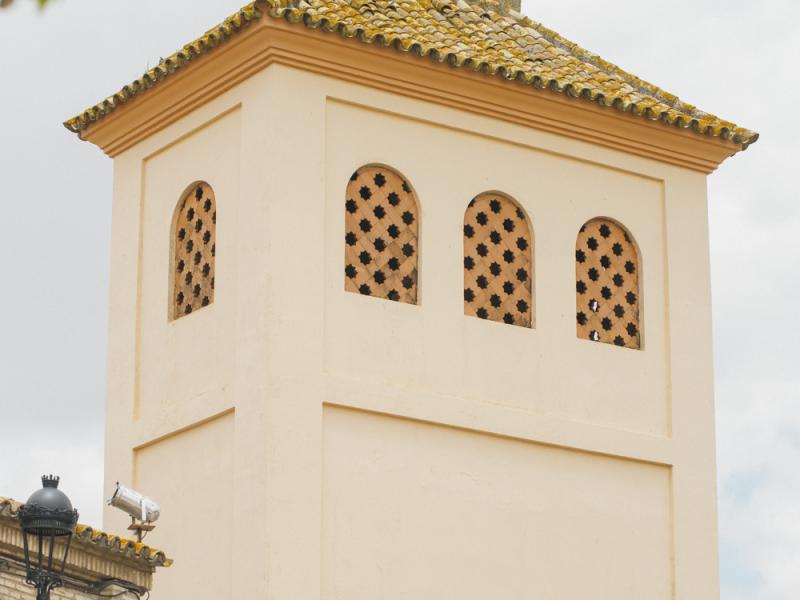
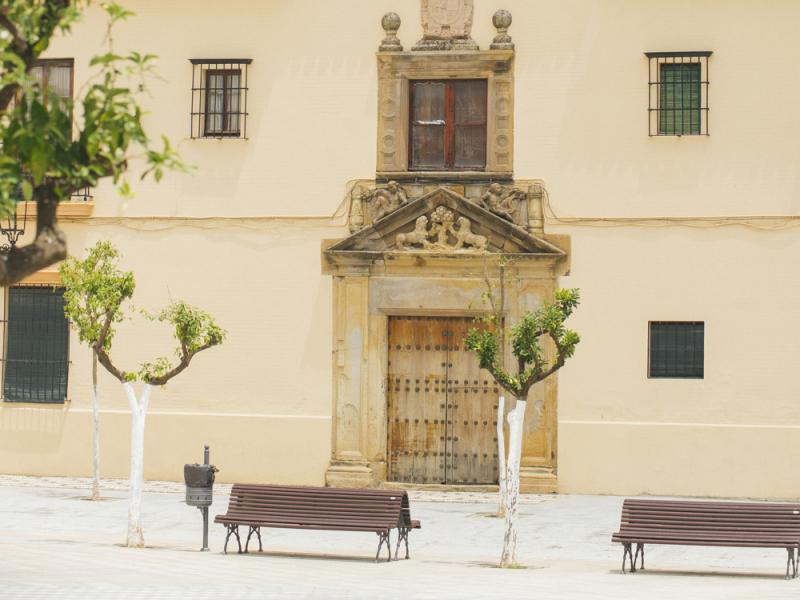
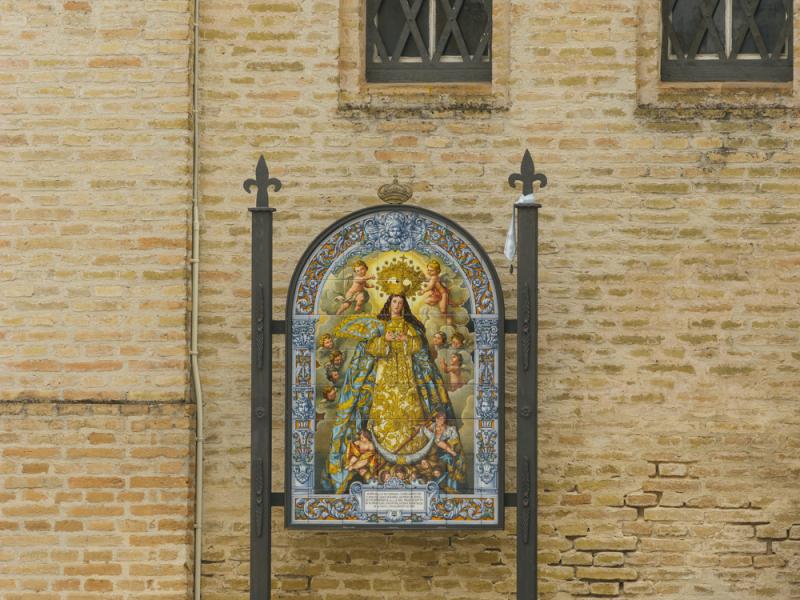
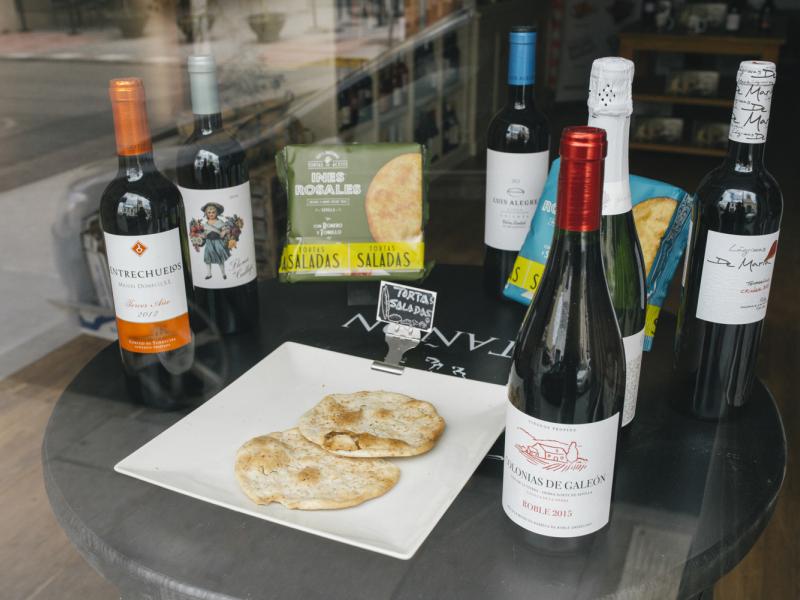
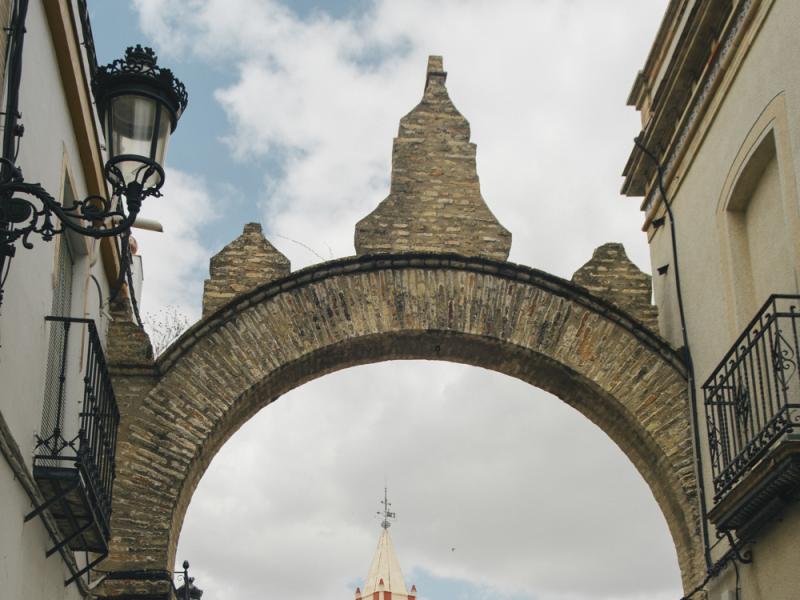
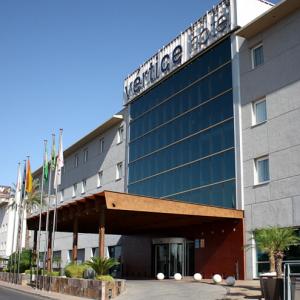
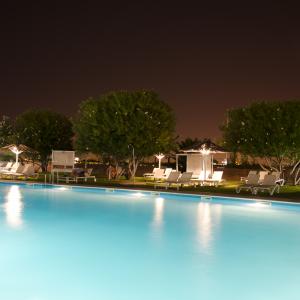
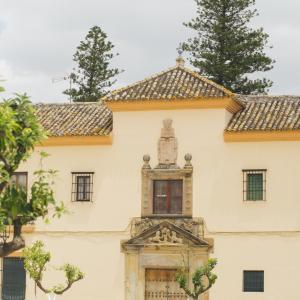
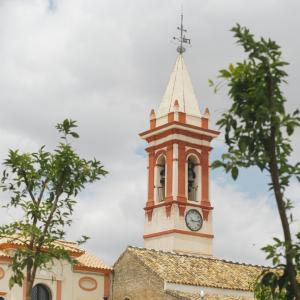
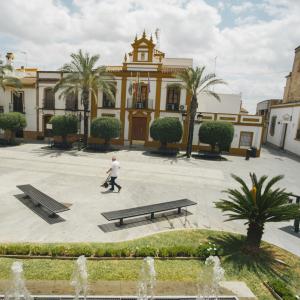
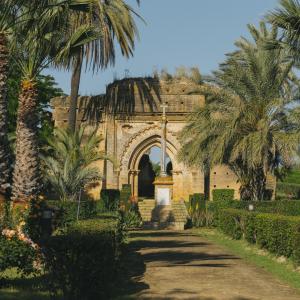
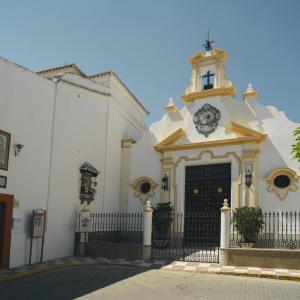
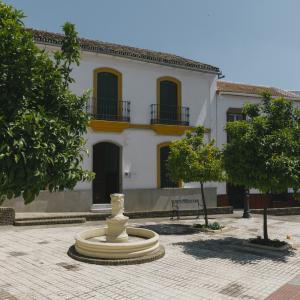
2 comments
Lugar a visitar la proxima vez que pase por Sevilla !.
Hola Mariano, gracias por dejarnos tu comentario. Esperemos que disfrutes de la visita
New comment
The comments are moderated, so it takes a while to appear. If they contain offensive language they will not be published.